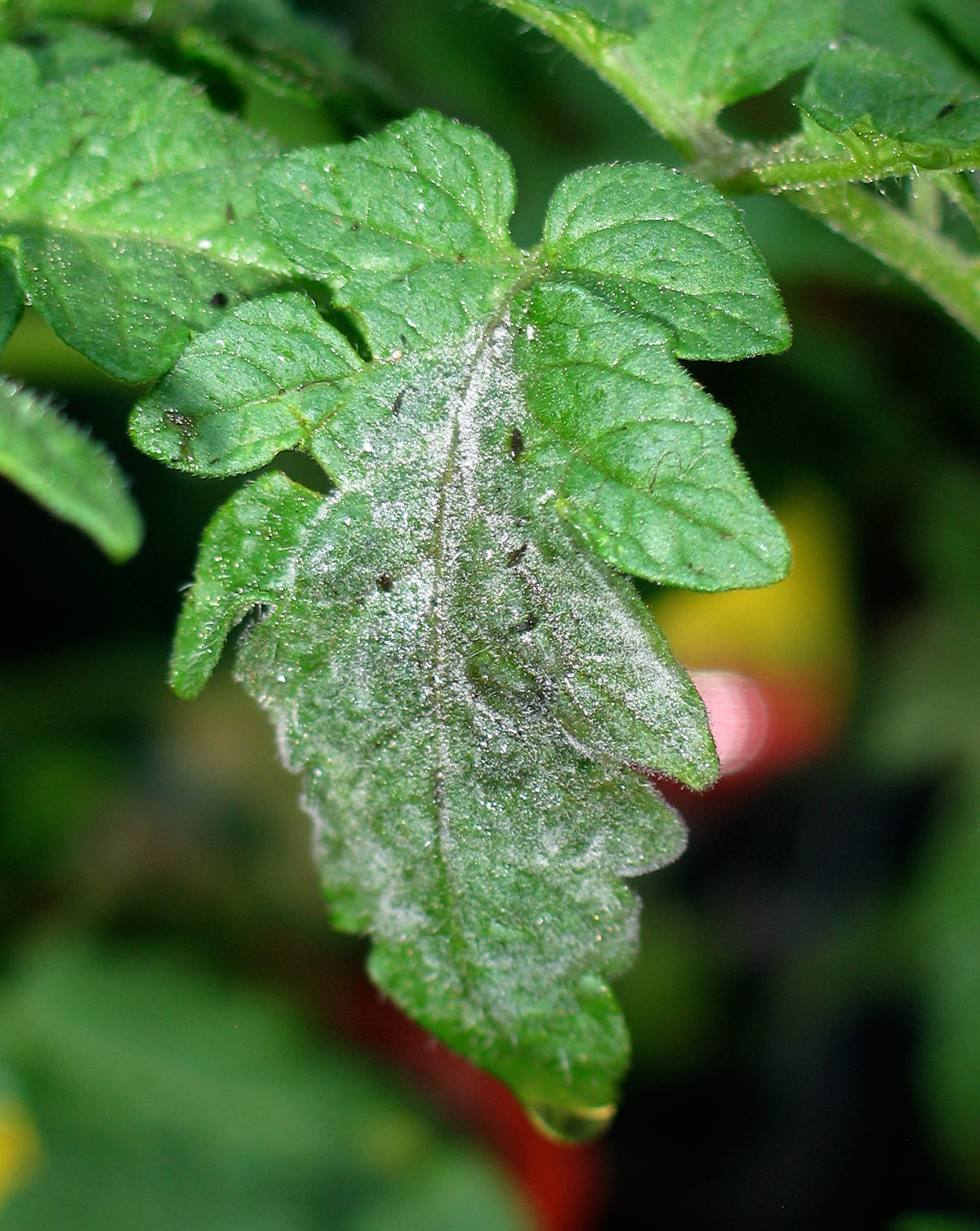
Late blight first appears in the form of water-soaked spots, which spread to stems, fruits, and tubers, and can eventually result in the death of the plant. Cooperative Extension prohibits discrimination and harassment regardless of age, color, disability, family and marital status, gender identity, national origin, political beliefs, race, religion, sex (including pregnancy), sexual orientation and veteran status. Late blight is a disease of tomatoes and potatoes caused by several strains of Phytophthora infestans, a species of oomycete (also known as ‘water molds’), which are similar to fungi. Be sure to obtain current information about usage regulations and examine a current product label before applying any chemical. Individuals who use agricultural chemicals are responsible for ensuring that the intended use complies with current regulations and conforms to the product label. A&T State University nor discrimination against similar products or services not mentioned. The use of brand names and any mention or listing of commercial products or services in this publication does not imply endorsement by NC State University or N.C. Recommendations for the use of agricultural chemicals are included in this publication as a convenience to the reader. After disease you can use: Revus Top + Bravo, or Ranman + Bravo, or Ridomil Gold Bravo every five days in rotation. Active ingredientįor example, before disease you can use: Forum + Bravo, or Curzate + Bravo, or Gavel, every seven days in rotation. Example products for potato late blight control. Fungicide labels are legal documents, always read and follow fungicide labels. For the latest fungicide recommendations for potato late blight see the Southeastern US Vegetable Crop Handbook. Alternate products and tank mix mancozeb or chlorothalonil to avoid generating fungicide-resistant strains. After disease is detected in your area, apply fungicides at 5-7 day intervals. Both sporangia and zoospores can germinate to produce the pathogen.ĭisease Control for Conventional Growers Skip to Disease Control for Conventional Growersīefore disease occurs, apply fungicides at 7-10 day intervals.

Sporangia contain 20-30 smaller swimming spores called zoospores that travel through water to infect plants.

Sporangia can be seen in the field with a 20X hand lens when weather conditions are favorable. Identification of potato late blight can be difficult since symptoms resemble other diseases, but spores and mycelia on the underside of the leaf can provide additional evidence of the pathogen.

When conditions are favorable, for example early in the morning when the moisture is higher, lesions observed from the underside of the leaf may be covered in mycelia or white spores called sporangia, especially at the edges of the lesion ( Figure 4). Leaf lesions usually begin on the edges, are circular and have yellow to pale green borders. Brown to gray water soaked lesions occur on stems ( Figure 1) and leaves ( Figure 2 and Figure 3). Infected tubers frequently develop secondary bacterial soft rots. Tissue inside the tuber, under the surface of lesions turns brown and granular. The pathogen causes purple to brown, sunken, dry lesions on the surface of tubers that extend into the tuber ( Figure 1).


 0 kommentar(er)
0 kommentar(er)
